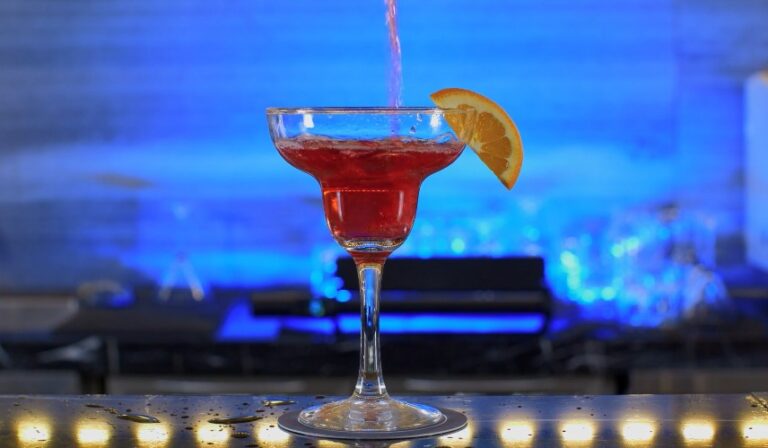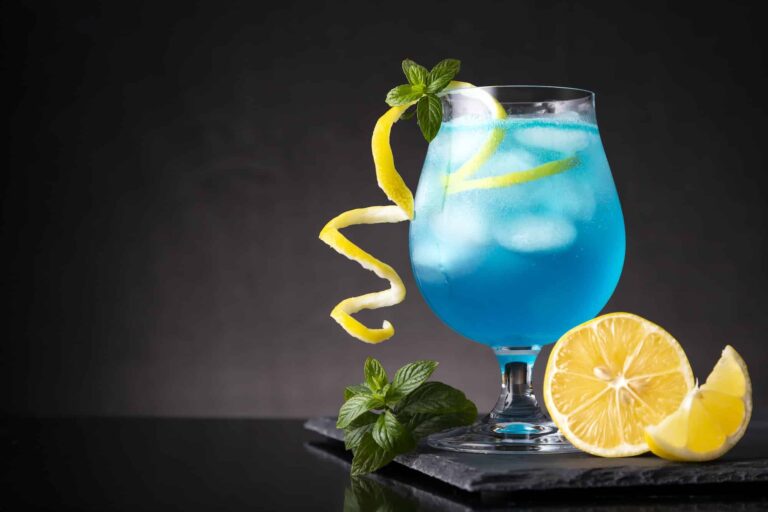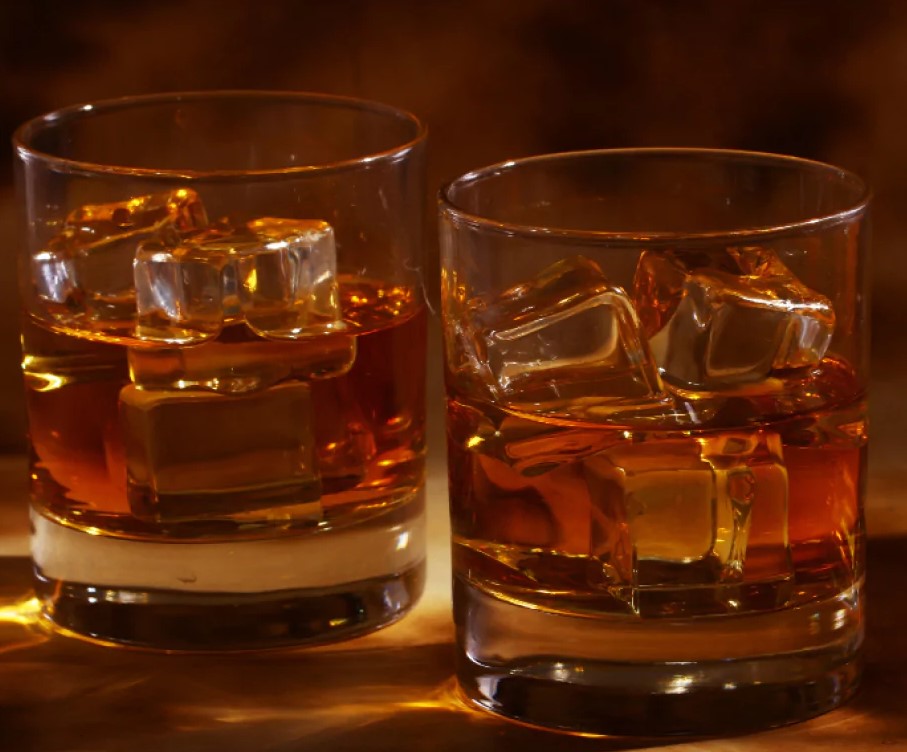Rum is a drink deeply tied to history, culture, and craftsmanship. At its heart lies sugarcane, a plant that has shaped economies, traditions, and communities in tropical regions across the world. This simple yet remarkable ingredient, in the form of juice, syrup, or molasses, serves as the foundation for every bottle of rum.
Each variation carries its own unique influence on the flavor, from the natural sweetness of fresh cane juice to the rich depth of molasses.
The process of creating rum begins with harvesting and crushing sugarcane to extract its essence. What follows is a journey through fermentation, distillation, and ageing, where each step adds complexity and character. Distillers, guided by centuries of tradition and innovation, transform humble sugarcane into a spirit that spans a spectrum of styles, from light and crisp to dark and robust.
Understanding what rum is made from reveals the artistry behind every sip. This article uncovers the essential ingredients and the role they play in shaping one of the world’s most cherished spirits.
Sugarcane – The Origin of Every Rum
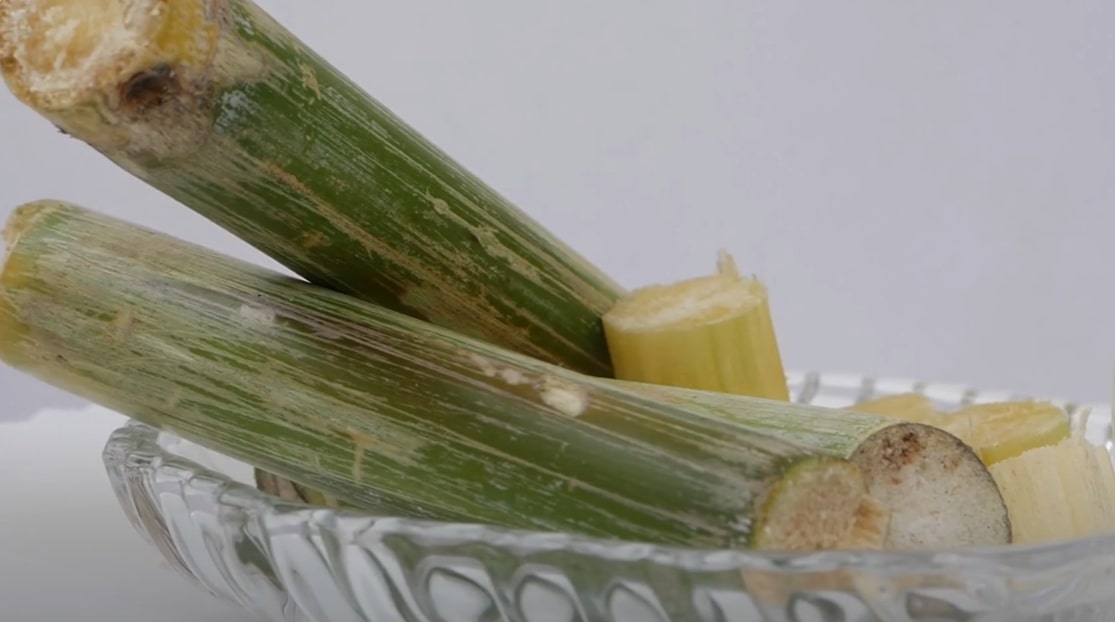
Sugarcane forms the foundation of all rum, providing the essential raw material that shapes the spirit. This tall tropical grass thrives in warm, humid climates and is primarily cultivated in regions like the Caribbean, Latin America, and Southeast Asia.
Globally, sugarcane production exceeds 1.8 billion metric tons annually, with Brazil leading as the top producer.
How Sugarcane is Used in Rum Production?
The juice extracted from sugarcane serves as the base for rum in its various forms. Fresh cane juice is used to create agricole-style rums, known for their grassy, earthy notes. Syrup, made by boiling sugarcane juice, is favored for its shelf stability, allowing distilleries to produce rum beyond the harvest season.
Most commonly, molasses—a byproduct of sugar refining—becomes the foundation for the majority of rums worldwide, delivering deep, rich flavors.
The Harvesting Process
Sugarcane is typically harvested between 6 to 12 months after planting. This is often done manually using machetes, especially in smaller-scale operations.
Hand-harvesting allows workers to select mature stalks, leaving younger plants to grow, ensuring a better yield. In larger farms, mechanical harvesters are employed to speed up the process and handle greater volumes.
The cut cane is transported to mills immediately after harvesting to preserve its quality, as sugarcane begins to degrade quickly, often within 24 hours.
Cane Juice – The Fresh Foundation
Cane juice is one of the purest forms of sugarcane used in rum production. Extracted directly from freshly harvested stalks, it offers a vibrant and natural starting point for certain types of rum.
How Cane Juice is Extracted

The process begins immediately after sugarcane is harvested. The stalks are transported to mills where they are crushed to release their juice. This is achieved through large, mechanical rollers that apply pressure to the cane, extracting the liquid while separating the fibrous pulp.
Water is often added during this stage to maximize extraction, ensuring no sugar is left behind in the cane fibers.
Time Sensitivity of Cane Juice
Cane juice has an incredibly short shelf life. Once extracted, it must be processed within 24 to 48 hours to prevent natural fermentation or spoilage.
The Unique Flavor Profile of Cane Juice Rums
Rums made from fresh cane juice are distinct. They carry the essence of the sugarcane fields, with flavors that are bright, vegetal, and slightly sweet.
French-speaking regions such as Martinique and Guadeloupe are renowned for their agricole rums, which are crafted exclusively from this raw, unrefined ingredient.
Limitations and Cost
Producing rum from cane juice is resource-intensive and often more expensive than using syrup or molasses. This is because cane juice can only be utilized during the sugarcane harvest season, restricting production to specific times of the year.
Despite this, its rarity and unique flavor make it highly prized among rum enthusiasts.
Cane Syrup
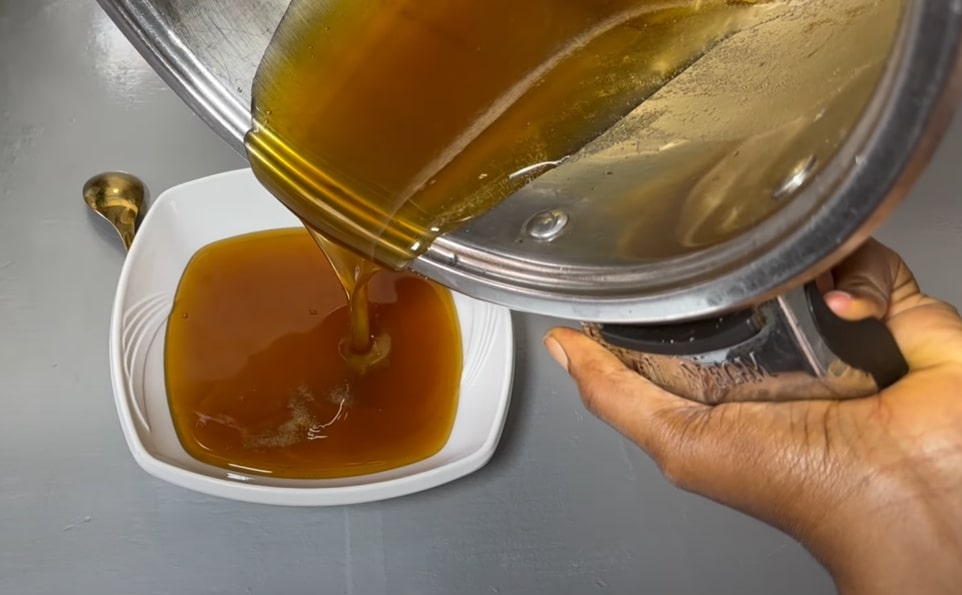
Cane syrup starts as fresh sugarcane juice but transforms into something entirely different through heat and concentration. By evaporating much of the water, the juice becomes a thick, golden liquid with a robust sweetness.
How Syrup Extends the Production Season
Unlike fresh cane juice, which spoils quickly, cane syrup can be stored for months without losing its quality. Distilleries in regions with short sugarcane harvests rely on syrup to continue rum production throughout the year.
A Middle Ground in Flavor
Rums crafted from syrup capture a balance between the grassy freshness of cane juice and the deep, caramelized notes of molasses. The thick texture also makes it easier to ferment consistently, giving producers more control over the final product.
Molasses
Molasses is a key ingredient in most rum production. It comes from the refining process of sugarcane, providing a dense, flavorful base for rum.
What Makes Molasses Unique
Molasses contains a high concentration of sugars, along with minerals that contribute to the complexity of the rum’s flavor. Its affordability, long shelf life, and ability to be stored make it an essential ingredient for large-scale rum production.
Different Types of Molasses
Molasses comes in varying forms, such as fancy molasses, which has a lighter taste, and blackstrap molasses, which is much more intense and bitter. Each type plays a role in shaping the flavor profile of rum, with lighter rums tending to use sweeter varieties and darker rums incorporating the richer, more robust types.
Water
Water plays a crucial role in rum production, yet it often goes unnoticed. While it may not contribute to the primary flavors of rum, it is essential at every stage of the process.
Role in Fermentation
After the sugarcane juice or molasses is prepared, water is used to dilute the mixture before fermentation. This helps control the sugar content and ensures that yeast can convert the sugars effectively into alcohol. The right balance of water ensures a consistent fermentation process, which is vital for producing quality rum.
Impact on Distillation
During distillation, water is used to cool and condense alcohol vapors. The temperature and pressure must be carefully regulated to separate alcohol from the other compounds. Water also helps to dilute the final product to the desired alcohol content before bottling, typically around 40% ABV.
Quality of Water is Also Important
The quality of water used in rum production can vary depending on the region. Many distilleries source water from nearby springs or wells, sometimes even adding mineral content to influence the flavor. Some distilleries, particularly those in tropical regions, pay extra attention to water purity to avoid contamination that could affect the rum’s quality.
Yeast
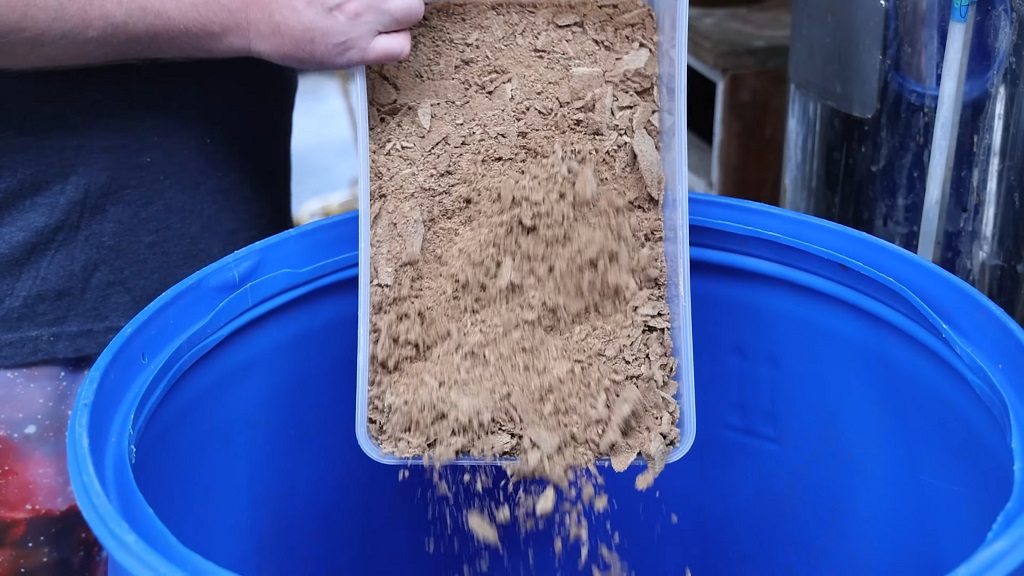
Yeast is the unseen force in rum production, working behind the scenes to transform sugar into alcohol. While its role may seem simple, it’s one of the most important factors in determining the flavor and complexity of the final product.
The Fermentation Process
Once the sugarcane juice, syrup, or molasses is prepared, yeast is introduced to begin fermentation. The yeast consumes the sugars and converts them into alcohol and carbon dioxide.
This process typically lasts from a few days to a week, depending on the yeast strain and the desired flavor profile. The longer the fermentation, the more complex the flavors that develop.
Different Strains of Yeast
Just like with wine or beer, the strain of yeast used in rum production can significantly affect the outcome. Some distilleries use wild or naturally occurring yeasts, which can impart unique and unpredictable flavors.
Others opt for cultivated yeast strains that are more reliable, producing consistent and controlled results. The choice of yeast influences the rum’s aroma, mouthfeel, and overall character.
Role in Flavor
While yeast is often seen as a background player, its contribution to rum’s flavor is significant. The byproducts of yeast fermentation, such as esters and aldehydes, add fruity, floral, or spicy notes to the rum. This is why different distilleries, even when using the same raw materials, can produce rums with completely different flavor profiles.
Spices and Flavors in Rum
Beyond the basic ingredients, spices and flavors are what truly set certain rums apart. While some rums remain purely distilled, others are infused with various herbs, fruits, and spices, creating unique blends that appeal to different tastes.
The Influence of Spices
Many spiced rums incorporate a variety of flavors like cinnamon, nutmeg, vanilla, and cloves. These spices are added either during the distillation process or after, depending on the desired intensity of the flavor. The combination of these ingredients creates a warming, aromatic rum that adds complexity beyond the traditional sugarcane base.
Fruits and Citrus Note
Some rums feature citrus elements like orange peel or lemon zest. These add brightness and a subtle tang that balance out the sweetness of the base spirit. Other fruits such as pineapples, mangoes, and berries are sometimes used to infuse rum with tropical flavors that reflect the spirit’s origins. These flavors are often extracted through maceration, steeping the fruits in rum for an extended period to ensure the flavors integrate fully.
Crafting a Signature Blend
Master blenders take great care when selecting which spices, fruits, or herbs to infuse into rum. The aim is to balance these additions without overpowering the rum’s natural character. By experimenting with different combinations, distilleries create distinct offerings that stand out in the crowded rum market, offering consumers everything from mellow vanilla rums to bold, spiced variations.
The Distillation Process
Distillation is the critical stage that turns fermented sugarcane into rum. It separates alcohol from impurities, creating a clean, refined spirit. The choice of distillation method can have a significant impact on the final rum, determining its flavor, texture, and strength.
1. Heating the Fermented Wash
The first step involves heating the fermented sugarcane juice or molasses in a still. As the mixture reaches a high temperature, the alcohol begins to evaporate, while the heavier impurities stay behind.
2. Vapor Rising
The alcohol vapors rise through the still, entering the neck of the still where they are directed toward the condenser. In pot stills, this is a slow, manual process, while column stills allow for continuous evaporation.
3. Condensation
The vapor is cooled and condensed back into liquid form. This liquid is now a raw spirit with a high alcohol content, which can range from 40% to 95%, depending on the distillation method.
4. Cutting the Distillate
Distillers typically separate the distillate into “heads,” “hearts,” and “tails.” The “hearts” are the best part of the distillate, where the purest alcohol with the best flavors is found. The “heads” and “tails” contain undesirable compounds and are often discarded or redistilled.
5. Final Dilution
Once the distillation process is complete, the raw spirit may be diluted with water to achieve the desired alcohol strength, typically around 40% ABV for rum.
Pot Stills vs. Column Stills
- Pot Stills: Known for producing fuller, richer rums with complex flavors. The process is slower, allowing the distiller more control over the final product. It’s commonly used for premium, aged rums.
- Column Stills: These allow for continuous distillation, making them more efficient and ideal for large-scale production. They produce a cleaner, lighter spirit, often used for unaged or blended rums.
How Distillation Shapes Flavor
The distillation process plays a major role in the final flavor of rum. Pot stills tend to preserve the more intense, earthy notes of the original wash, while column stills create a smoother, more refined spirit. The method chosen has a lasting impact on the rum’s overall profile, influencing everything from the texture to the complexity of flavors.
Ageing the Rum
Ageing transforms raw rum into a more refined and flavorful spirit. Barrels play a significant role in this process, where the interaction between wood and liquid creates complexity, smoothness, and distinct color.
Using Wooden Barrels
Oak barrels are the most common choice for ageing rum. Residual flavors from previous use, such as bourbon or whiskey, add layers of taste. As the rum rests, the wood breathes, introducing oxygen and releasing tannins that contribute to its flavor and texture.
Climate’s Influence on Maturation
In tropical regions, heat accelerates the ageing process, allowing rum to develop quickly. A few years in such conditions can bring out characteristics that might take decades in cooler climates. This faster process creates bold, rich profiles unique to rums aged in warm environments.
Evolving Flavor Profiles
Ageing enhances the rum’s character, introducing notes like caramel, vanilla, or spices. Young rums are lighter and sharper, while older rums offer deeper, more rounded flavors. Careful management ensures the balance between the wood’s influence and the spirit’s original qualities.
Alternatives to Wooden Barrels
Some distilleries use stainless steel tanks to preserve the rum’s freshness. This approach maintains the purity of its original flavors, making it ideal for light rums intended for cocktails or mixers.
Blending Rum
Blending is the art of combining different rums to create a finished product with a specific flavor, aroma, and balance. It’s one of the most critical stages of rum production, allowing distillers to craft unique profiles that stand out in the market.
Why Blending Matters
No two batches of rum are identical, even when produced under similar conditions. Variations in fermentation, distillation, and ageing create differences in taste and character. Blending ensures consistency for branded rums while also offering the opportunity to develop complex, multi-dimensional flavors.
How Blending Works
Master blenders carefully select rums of varying ages, distillation methods, and origins. These are mixed in precise proportions to achieve the desired profile. For instance, a blend might combine the rich depth of pot-stilled rum with the smoothness of a column-stilled variety. Older rums add complexity, while younger rums contribute freshness and vibrancy.
Common Goals in Blending
- Consistency: Ensuring every bottle meets the same standard, no matter when or where it’s produced.
- Complexity: Combining different rums to enhance flavors, creating balance between sweetness, spice, and richness.
- Specialty Profiles: Crafting unique rums for limited editions, premium offerings, or tailored experiences.
Bottling the Final Product
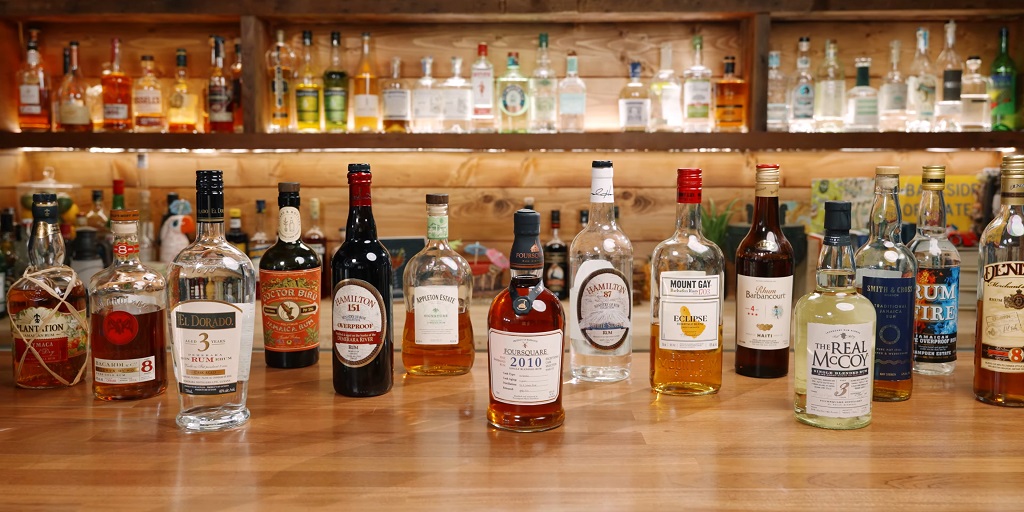
Once rum has been aged and blended to perfection, it reaches the final stage of production—bottling. This step ensures the spirit is ready for distribution and consumption while maintaining the integrity of the flavors and characteristics crafted through the entire process.
Dilution to Desired Strength
Before bottling, most rums are diluted with water to achieve the desired alcohol by volume (ABV). For standard rums, this typically ranges from 37.5% to 50%. The water used for dilution is carefully chosen to avoid altering the flavor or clarity of the rum. Some premium or overproof rums skip this step, offering higher ABV for a more robust experience.
Filtering for Purity
Many distilleries filter their rum to ensure clarity and remove any residual impurities. For rums that have been aged in barrels, filtering may involve removing sediment or polishing the liquid to achieve a crystal-clear appearance. Some rums undergo additional filtration to strip color, particularly for those marketed as “white” or “silver” rums.
Packaging and Presentation
Bottling is more than just placing rum in a container—it’s about presenting the product in a way that reflects its quality. Labels, bottle shapes, and branding all play a role in conveying the rum’s identity. Premium rums often feature elegant designs to emphasize their exclusivity, while others opt for practical and recognizable packaging for mass appeal.
Quality Control
Before the rum is shipped out, distilleries conduct quality control checks to ensure consistency. This includes verifying ABV, flavor, and overall appearance. Any deviations from the desired standard are corrected before the rum is sealed and distributed.
FAQs
What Are the Most Popular Rum Cocktails?
Rum is a versatile spirit that forms the base of many classic cocktails. Popular choices include:
- Mojito: A refreshing blend of white rum, mint, lime juice, sugar, and soda water.
- Daiquiri: A simple mix of white rum, lime juice, and sugar.
- Pina Colada: A creamy tropical favorite made with white rum, coconut cream, and pineapple juice.
- Mai Tai: A mix of rum, lime juice, orgeat syrup, and orange liqueur.
- Rum Punch: A sweet and fruity combination of rum, fruit juices, and grenadine.
How Long Can Rum Be Stored?
Rum can be stored indefinitely if kept in a sealed bottle and away from direct sunlight. However, once opened, it is best consumed within a year for optimal flavor, as oxidation may affect its taste over time.
What Is Overproof Rum?
Overproof rum refers to rum with a higher alcohol content than the standard 40% ABV. It typically ranges from 50% to 75% ABV and is often used in cocktails where a stronger punch is desired, such as the Zombie or Navy Grog.
What Is the Difference Between Light and Dark Rum?
- Light Rum: Typically unaged or lightly aged, offering a mild flavor that works well in cocktails.
- Dark Rum: Aged longer in barrels, resulting in a richer, bolder flavor with notes of caramel, molasses, or spices.
Can Rum Be Made Without Sugarcane?
Rum must be derived from sugarcane or its byproducts (like molasses or cane syrup) to be classified as rum. Spirits made from other ingredients, such as grains or fruits, fall into different categories like whiskey or brandy.
How Many Shots Are in a Fifth of Liquor?
A fifth of liquor, which is 750 ml, contains approximately 16 shots. A standard shot is 1.5 ounces or about 44 ml, so dividing 750 ml by 44 ml gives 16.9, rounded down to 16 for practical purposes.
How Many Shots Are in a Pint of Liquor?
A pint of liquor, equal to 375 ml, contains about 8 shots. Using the same standard shot size of 1.5 ounces (44 ml), 375 ml divided by 44 ml results in 8.5, rounded down to 8.
How Many Shots Are in 375 ml?
There are 8 shots in a 375 ml bottle, as it is half the size of a standard fifth. Each shot is 1.5 ounces (44 ml).
Last Words
Rum begins with sugarcane and evolves through careful processes of fermentation, distillation, and ageing. Each stage requires precision and dedication, resulting in a drink with distinct flavors and characteristics.
Rums offer a wide range of options, from light and crisp varieties to rich, aged expressions. They serve as the base for many classic cocktails or stand alone as a drink to savor. Every bottle reflects the methods and decisions made by its distillers.
The production combines history, technique, and creativity, ensuring it remains one of the most enduring spirits in the world.




